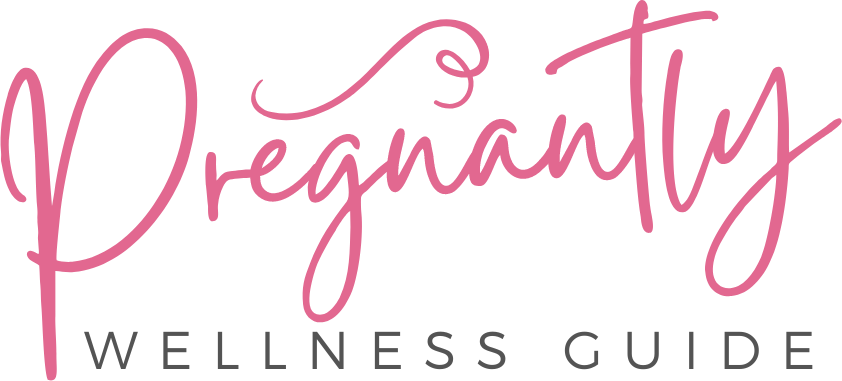
Micronutrients are essential for women’s health, with recent data showing that 41% of women aged 19-50 face deficiencies. We’ve found that women’s nutritional needs vary considerably throughout different life stages, requiring precise adjustments to maintain ideal health. Iron requirements are 2.5 times higher for premenopausal women at 18 mg/day, while folate needs increase to 600 µg DFE during pregnancy. Calcium and vitamin D become especially important post-menopause, requiring 1300 mg and 600 IU daily, respectively. Through proper understanding of these requirements and strategic supplementation, we can effectively address women’s unique micronutrient needs and support their long-term wellbeing.
Understanding Essential Micronutrients
The understanding of essential micronutrients forms a significant foundation for women’s health across all life stages. We’re seeing that 41% of women aged 19-50 face micronutrient deficiencies, with even higher rates during pregnancy and lactation. Let’s focus on how these nutrients work: water-soluble vitamins need regular replenishment, while fat-soluble ones can accumulate in our tissues.
Women’s iron intake requirements are particularly important, with premenopausal women needing more than double the amount required by postmenopausal women. For overall health, adequate calcium and vitamin D intake becomes increasingly necessary, especially as women age. We can’t overlook folic acid and B12, which play essential roles in women’s health. Through micronutrient testing, we can identify specific deficiencies and tailor supplementation strategies to meet individual needs.
Women’s Unique Nutritional Requirements
Throughout a woman’s lifecycle, nutritional requirements vary considerably due to distinct biological processes and hormonal fluctuations. We see particularly high micronutrient demands during reproductive years, where 41% of women face nutritional deficiencies, rising to 47% during pregnancy and lactation.
Women’s dietary intake needs emphasize specific nutrients: iron requirements are 2.5 times higher than men’s at 18 mg/day due to menstrual losses. For reproductive health, folate intake of 400 µg DFE daily is essential to prevent birth defects. Post-menopausal women require increased Calcium (1300 mg/day) and Vitamin D (600 IU/day) to maintain bone health and prevent osteoporosis. These distinct nutritional needs demonstrate why we must tailor micronutrient strategies to women’s life stages, ensuring ideal health through targeted supplementation and dietary choices.
Life Stages and Nutrient Needs
Understanding women’s nutrient requirements at specific life stages helps us develop targeted nutritional strategies for ideal health outcomes. Women compared to men face distinct challenges, particularly with dietary iron needs shifting from 18 mg/day during reproductive years to 8 mg/day post-menopause. We’re seeing that micronutrient deficiencies affect 41% of women aged 19-50, with even higher rates during pregnancy and lactation.
During pregnancy, we must focus on increased folate intake (600 µg DFE daily) to support fetal growth and development. Calcium needs become essential as women age, requiring 1000-1200 mg/day to support bone health and prevent osteoporosis. Given that 47% of pregnant or nursing women experience inadequate dietary intake of essential nutrients like Vitamin D and calcium, we must prioritize life-stage-specific nutritional interventions.
Common Deficiencies Among Women
Among women worldwide, micronutrient deficiencies represent a significant public health concern, affecting 41% of those aged 19-50 and rising to 47% in pregnant or nursing mothers. We’re seeing critical shortfalls in several essential nutrients, particularly Vitamin B12, iron, calcium, and Vitamin D, which can compromise immune function and overall health.
Women’s iron requirements are significantly higher during reproductive years, with an RDI of 18 mg/day compared to 8 mg/day post-menopause. During pregnancy, folate needs increase dramatically to 600 µg DFE daily to prevent birth defects. We can’t overstate the importance of regular micronutrient testing, especially for women of reproductive age, to identify and address nutritional deficiencies promptly. This proactive approach allows for targeted dietary interventions and supplements when necessary.
Food Sources and Absorption
The effective management of micronutrient deficiencies relies heavily on knowing both what to eat and how our bodies process these nutrients. We’ve found that animal-based sources provide more readily available forms of nutrients vital for red blood cells, such as iron and B12, compared to plant alternatives. To optimize absorption, we need to understand key nutrient partnerships: vitamin D enhances calcium uptake, vitamin C boosts non-heme iron absorption, and dietary fats are essential for processing fat-soluble vitamins.
We must also consider that some food components can interfere with micronutrient intake. Phytates, found in whole grains and legumes, can inhibit mineral absorption. That’s why we recommend diverse food combinations and strategic meal planning to maximize nutrient bioavailability. For instance, pairing iron-rich plants with vitamin C sources or including healthy fats with vegetables enhances overall nutrient absorption.
Supplementation Strategies for Optimal Health
With careful consideration of individual needs, proper supplementation serves as a cornerstone for women’s ideal health and nutrition. Let’s examine key supplementation strategies that optimize health and performance. For women of reproductive age, we’ll target a daily folate intake of 600 µg DFE, while calcium supplementation of 1000-1300 mg/day is vital for postmenopausal women to maintain bone density. We’re seeing significant benefits with Vitamin D supplementation of 2000-4000 IU daily, particularly for athletes and those with limited sun exposure.
To guarantee effectiveness, we recommend regular micronutrient testing to precisely determine individual dietary intake needs and deficiencies. This targeted approach allows us to adjust supplementation protocols dynamically, addressing specific nutritional gaps while avoiding excessive intake.
Conclusion
Understanding women’s micronutrient needs is like maintaining a complex orchestra – each nutrient plays a crucial role in the symphony of health. We’ve explored how iron, folate, calcium, and other essential nutrients work together throughout life’s stages. With 30% of women worldwide experiencing iron deficiency, we can’t overstate the importance of targeted nutrition. Let’s commit to evidence-based strategies that optimize absorption and support women’s unique physiological demands through food-first approaches and strategic supplementation.







